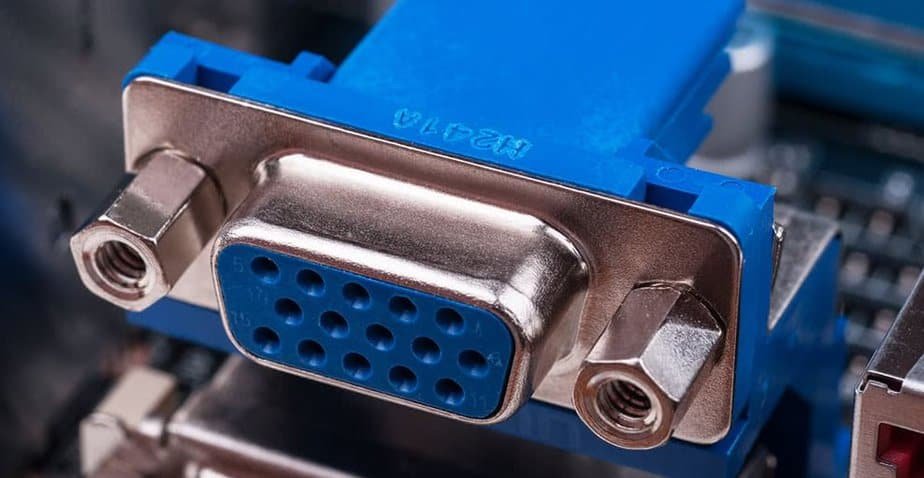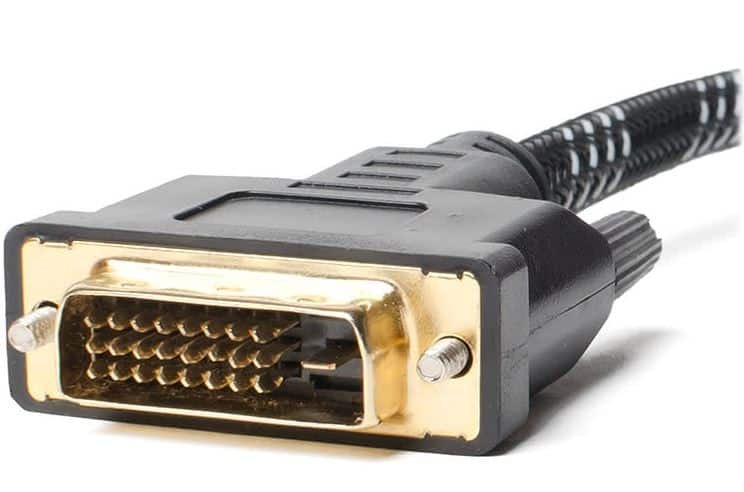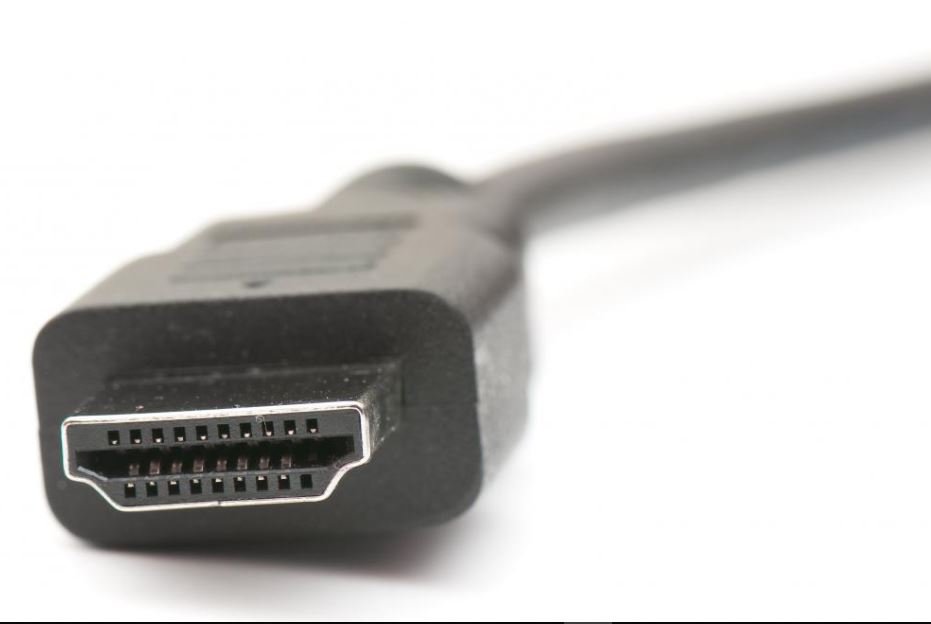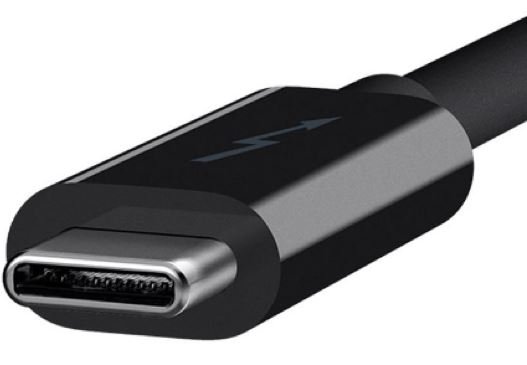When buying a new monitor, you need to pay close attention to the type of connectivity present on the product you wish to purchase. As you well know, there are different types of video connectors: HDMI, Thunderbolt, DisplayPort, VGA, or DVI.
Each type of video connector has its own characteristics and its own form factor. As for PC monitors, the oldest, now used in rare cases, is the VGA connector. Subsequently, DVI, HDMI, and DisplayPort connectors were introduced, the latter being the most used connector on medium-high-end PCs. Furthermore, in recent years, mainly thanks to Intel and Apple, the Thunderbolt 3 connector has entered the market.
It is possible to find monitors and video cards with one or more connectors, often of different types. All this can cause a bit of confusion when choosing which product to buy. For this reason, I have decided to write this article. In the next paragraphs of this page, I will explain, as concisely as possible, what are the differences between the various video connectors currently on the market.
Video Connectors Differences
VGA Connector
The VGA connector was introduced in 1987 and is obviously the oldest of those in this article. Nowadays, you will hardly find a video card with this type of connector unless they are rather old second-hand products. The speech is different with regard to monitors. Currently, it is possible to find this type of connector, but only on low-end monitors.
The cable consists of a connector (usually blue in color) with 15 pins. It carries only the analog video signal and does not carry any audio signal. In the beginning, the maximum resolution of the VGA connection was 640 x 480 pixels, but with modern cables that use the VESA VGA PnP standard, it is possible to reach a resolution of 1600 x 1200 pixels.
Small curiosity, VGA cables are very subject to interference, so you need to make them with quality material. All this means that a quality VGA cable costs much more than a good HDMI or DisplayPort cable.
DVI connector
The DVI connector was introduced in 1999 and represents a huge step forward in computer video standards. It is increasingly falling into disuse in recent years, but it is still possible to find it on some models of monitors or mid-range video cards.
DVI carries only the video signal and is divided into three types of connectors:
- DVD-A: Outputs the analog signal only
- DIV-I: can carry the signal in analog or digital
- DVI-D: Carries digital signal only
In turn, DVI-D and DVI-I fall into two other categories: single-link connectors and dual-link connectors.
Single-link connectors support a maximum resolution of 1920 x 1200 pixels at 60Hz, dual-link connectors support a resolution of 2560 x 1600 pixels at 60Hz.
HDMI connector
The HDMI connector is certainly the most used in recent years. In addition to the classic HDMI connector, it can also be found in smaller formats ( mini-HDMI and micro-HDMI ).
The interface was introduced in 2002 and has been updated several times over the years while leaving the form factor unchanged.
The signal carried by the HDMI connector is digital. Moreover, unlike the connectors seen above, HDMI is also able to carry an audio signal.
The latest HDMI version is 2.1, which supports a maximum resolution of 10K (10240 x 4320 pixels) up to 120 frames per second.
DisplayPort connector
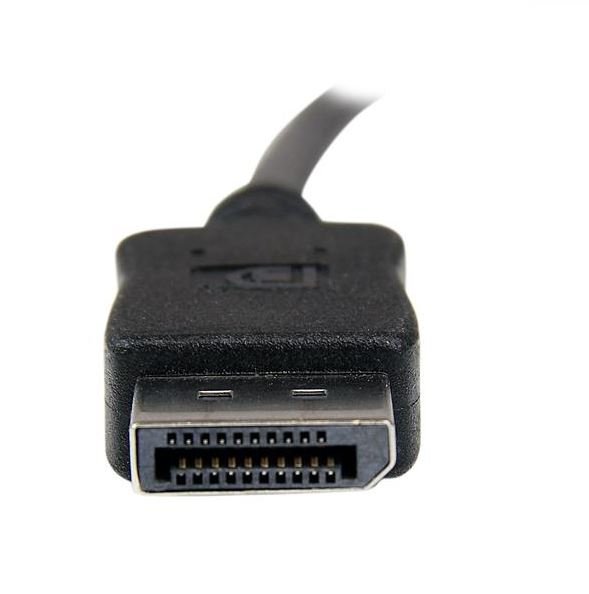
Also, in this case, as for HDMI, a smaller version ( mini-DisplayPort ) has also been released.
The latest version, 2.0, supports a maximum resolution of 7680 x 4320 pixels (8K) at 60Hz or 3840 x 2160 (4K) and 1920 x 1080 (Full HD) at 240Hz. In the future, the DisplayPort standard should change the connector by transforming in USB-C, thus supporting 16K resolution.
Thunderlbolt 3
The Thunderbolt 3 connector was born from the collaboration between Intel and Apple in 2015.
Thunderbolt 3 technology uses a USB-C connector, but it is essential not to confuse Thunderbolt 3 with USB-C, in fact, the technology of Intel and Apple, in addition to carrying a video and audio signal, can work like a classic USB port, while a USB-C port cannot function as a Thunderbolt 3.
Currently, the maximum resolution supported by Thunderbolt 3 is 4096 x 2160 pixels at 60Hz.
